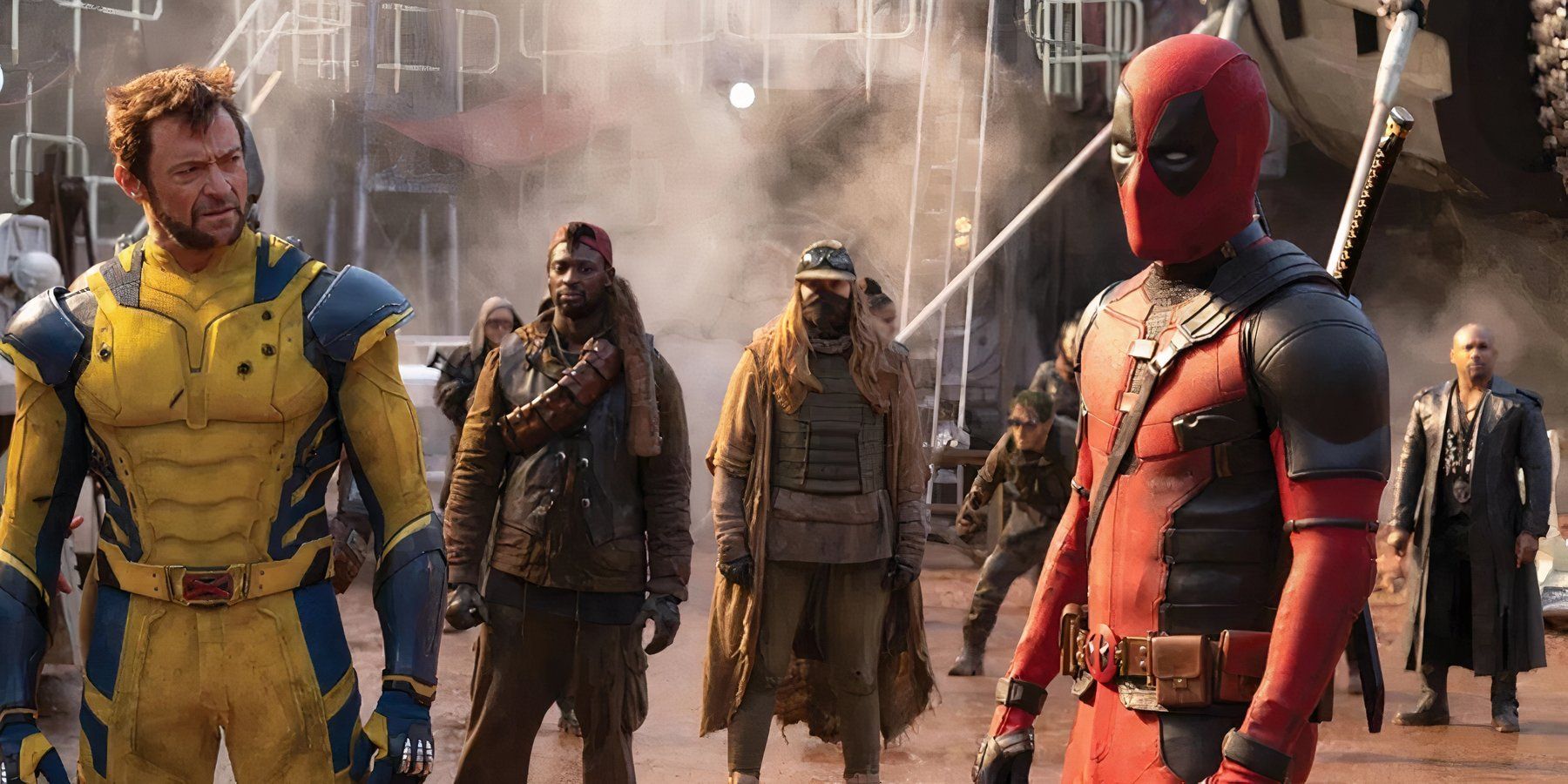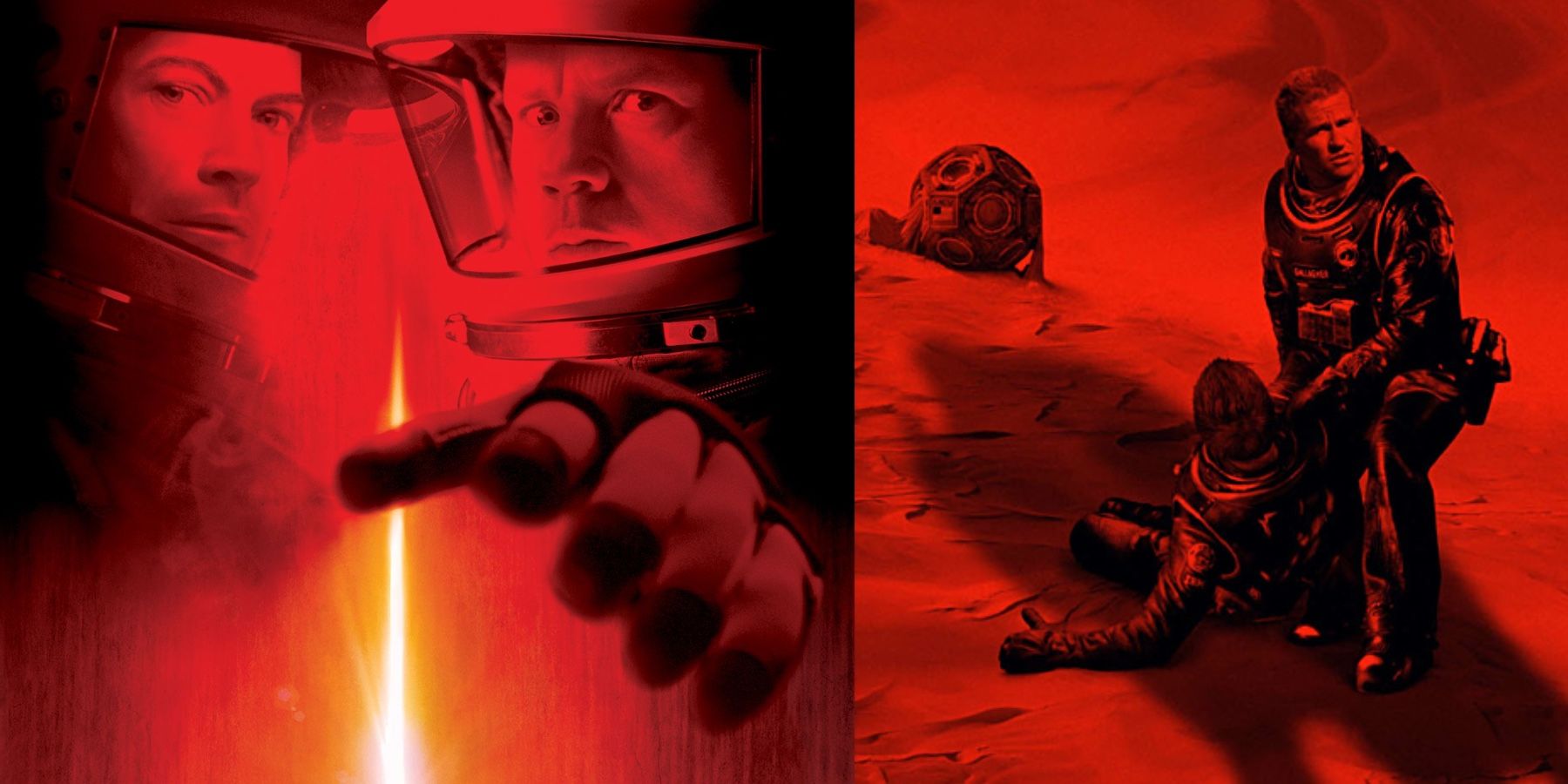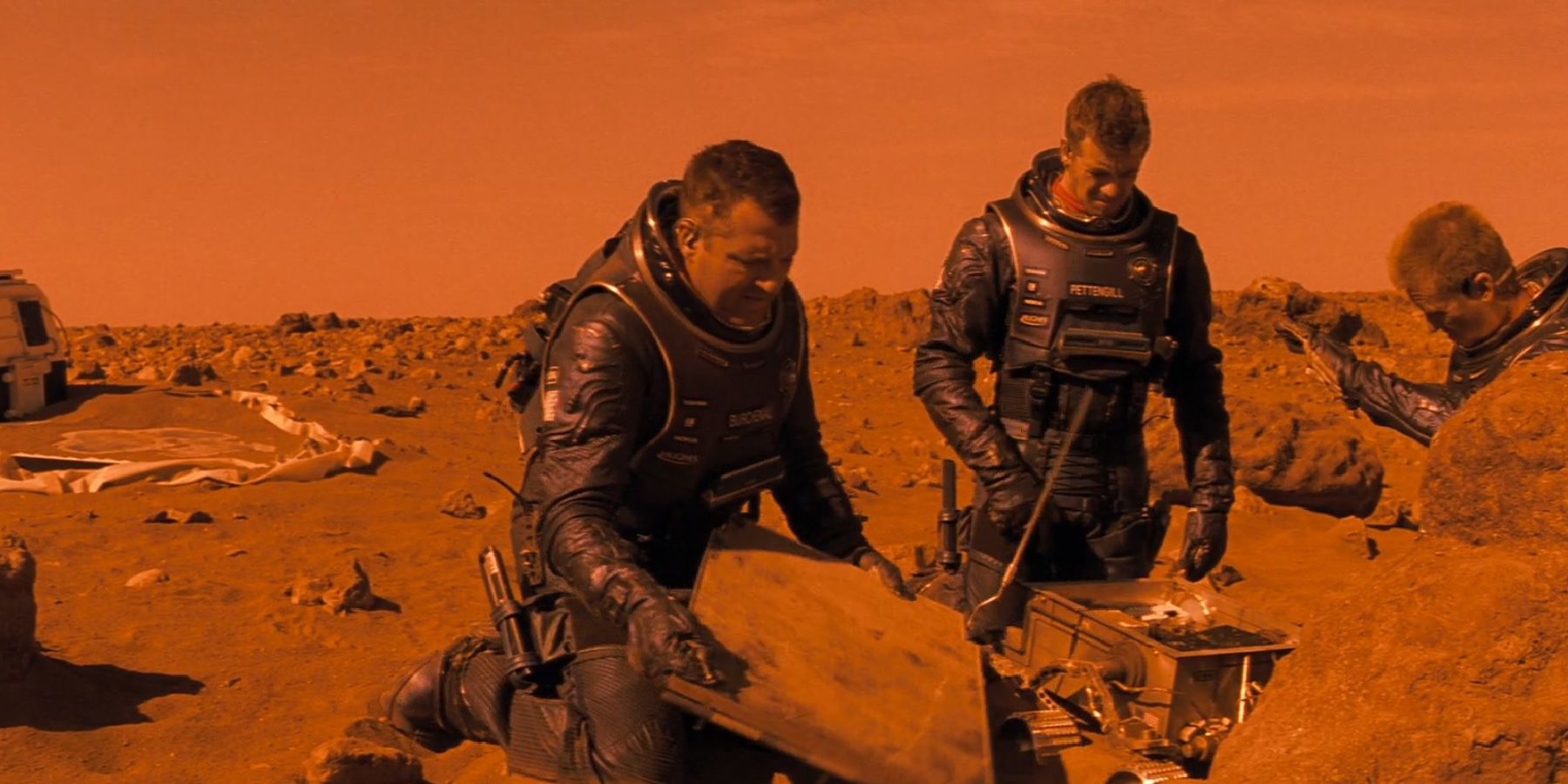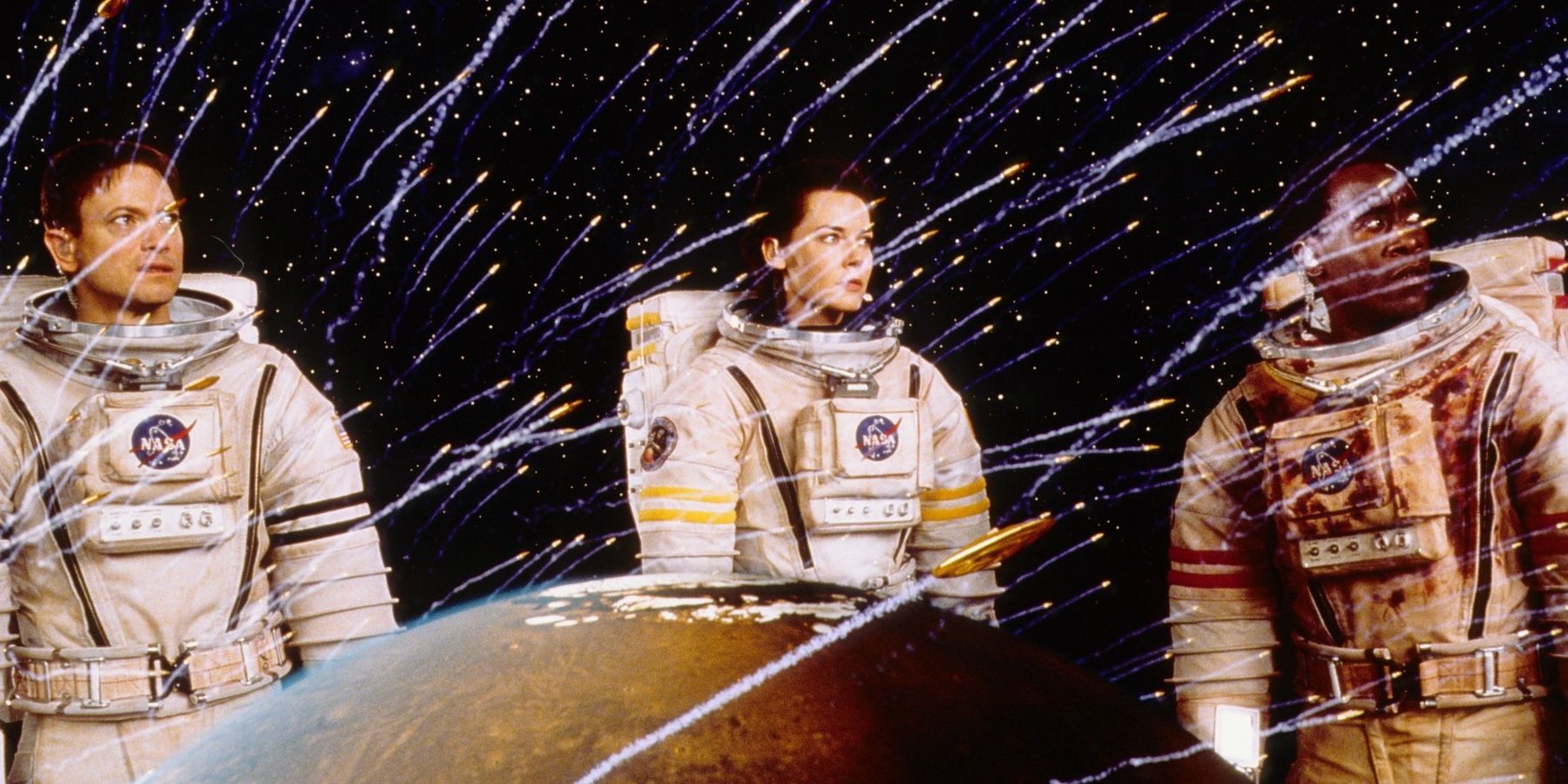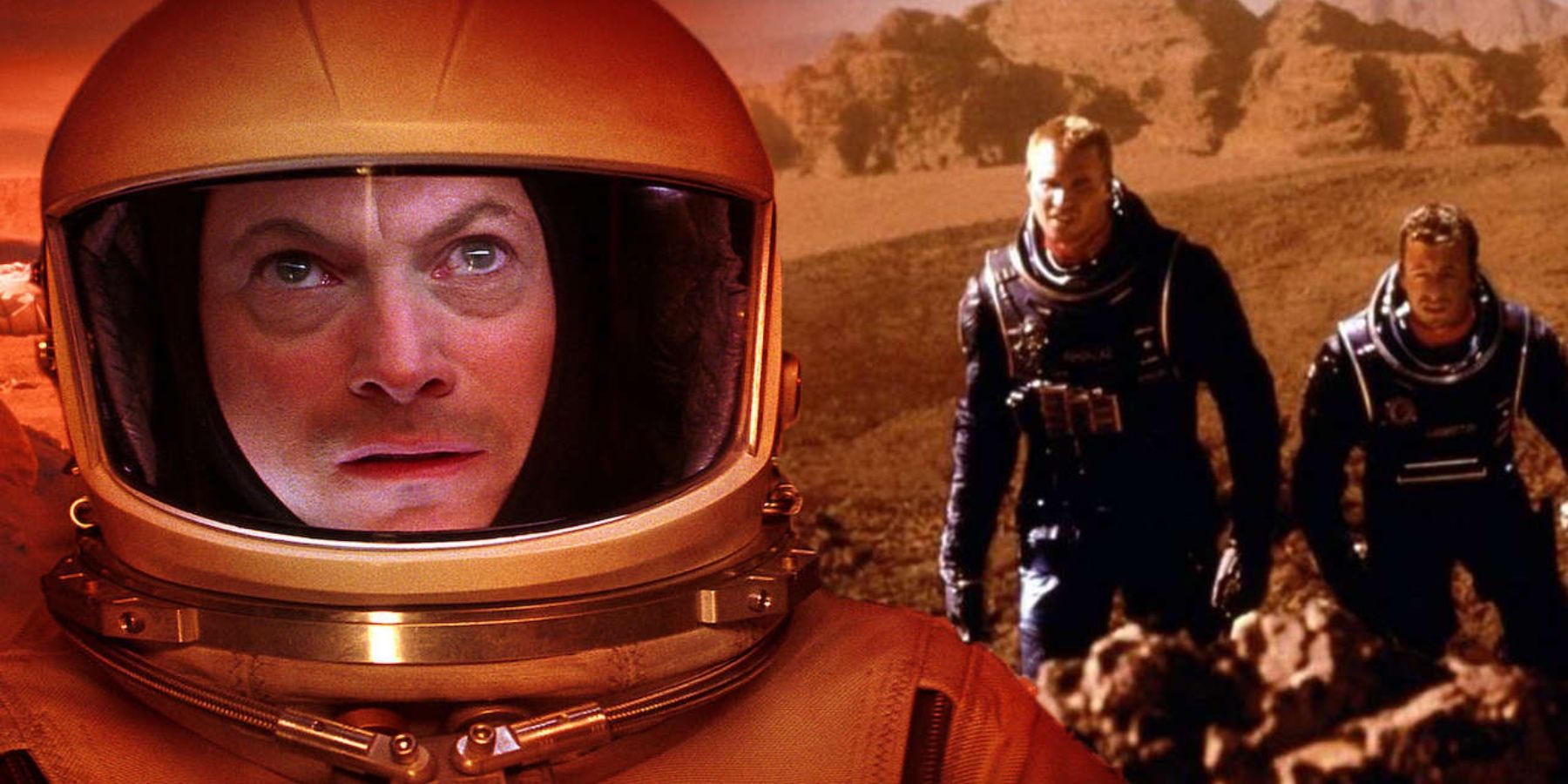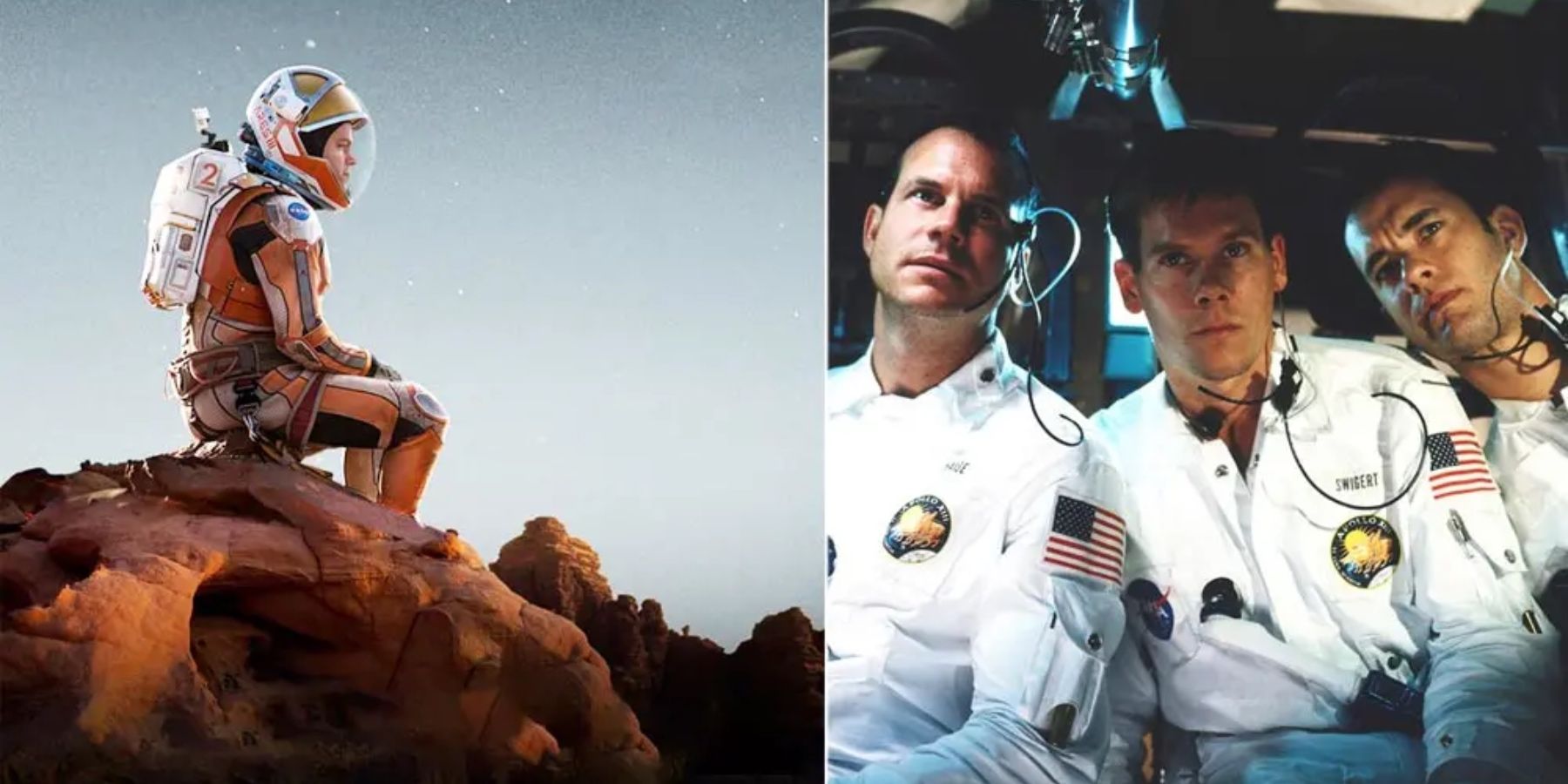In the year 2000, right at the turn of the century, a couple of big-budget sci-fi features set on Mars, titled Red Planet and Mission to Mars, flopped at the box office and received overwhelmingly negative reviews. Both movies focus on a team headed to Mars, either to operate a rescue mission or to explore a larger crisis.
There have been plenty of classic films involving space travel, with Stanley Kubrick's 2001: A Space Odyssey being the most innovative and inspirational in terms of storytelling and imagery. Red Planet and Mission to Mars are good-looking space movies with appealing ensemble casts, but the reason they both failed is due to stories with major plot holes.
What is Red Planet about?
Red Planet takes place in the year 2057, when Earth faces an ecological crisis involving overpopulation and massive pollution. Algae are placed all over Mars in order to provide a breathable atmosphere, so people can begin heading to the red planet for research and exploration. When the algae begin to dissipate, a team of scientists including engineer Robby Gallagher (Top Gun actor Val Kilmer), Mission Commander Kate Bowman (Carrie-Anne Moss of The Matrix fame), and geneticist Dr. Quinn Burchenal (the late Tom Sizemore) are sent to investigate.
The mission immediately goes wrong when Bowman has to repair heavy damage on the ship. A bumpy pod landing results in chief science officer Chantilas (Terrence Stamp) being fatally wounded, and terraforming specialist Chip Pettengill (Simon Baker) accidentally pushes hothead pilot Santen (Benjamin Bratt) off a cliff for insulting him. Gallagher, Burchenal, and Pettengill nearly face death when their oxygen supply runs out, but then discover that they can breathe without their helmets or algae present on Mars. The three men continue their mission, while also trying to communicate with Bowman to figure out how to get back to the ship.
What is Mission to Mars about?
Brian De Palma's Mission to Mars centers on Jim McConnell (Gary Sinise), an astronaut who mourns the loss of his wife Maggie, but supports his colleague and friend Luke Graham (Don Cheadle) on his mission to the red planet. When Luke and his team are conducting an analysis on Mars, a massive storm kills Luke's comrades, but he is left alive. When Jim and fellow astronauts Woody Blake (Tim Robbins), his wife Terri Fisher (Connie Nielsen), and Phil Ohlmyer (Jerry O'Connell) watch Luke's final message before he loses transmission, Jim sets up a rescue mission with his team to bring Luke back home.
During the mission, Jim and his crew go through major obstacles, sustaining heavy damage on their ship and fatally losing an astronaut. The crew manages to land on Mars and find Luke alive, even though he's still experiencing trauma after seeing his own team die. Once Luke recuperates, he and Jim try to figure out the cause of the dust storm and how to head back to Earth.
Why did Red Planet and Mission to Mars fail?
Red Planet and Mission to Mars are visually stunning films, with grand special effects and A-list actors. However, they failed both critically and at the box office because these types of stories have been told before. Similar to natural disaster movies, space features tend to go through the motions of depicting a crew on a mission, where some supporting players die and the main characters overcome obstacles to save lives and get back home.
These sci-fi features also suffer from style over substance. They offer intriguing concepts and possibilities, such as exploring life outside Earth and how to make a breathable atmosphere on Mars. However, they are unable to fully depict these ideas due to formulaic storytelling, which elaborates more on the human characters rather than the scientific aspects of the plot. In Red Planet, algae are placed all over Mars, but when it's gone, there's still breathable air because insects consumed the algae and produce oxygen as a waste product. One big question that goes unanswered is where exactly did these insects come from.
In Mission to Mars, when Jim and his team land on Mars, they find Luke, who explains to them that he has seen a large humanoid face, indicating that there is extraterrestrial life on Mars. Jim, Luke, and Terri enter the face, where it's white and brightly lit inside with breathable air. There, they come face-to-face with an alien that visually shows them its journey. Jim accepts the alien's invitation to join it on its quest to its new home, but why would he agree to go if it meant giving up his life and career on Earth? The film doesn't address these consequences, or what Jim would be sacrificing in this new pursuit.
Both films have redemptive conclusions for the human characters, but minimal scientific explanations. Of course, these are fictional films that aren't meant to be taken seriously, but should at least be entertaining enough for audiences to care about these stories. Perhaps during this time, viewers weren't interested in these films because it was the start of a new century, and the idea that astronauts are trying to go to Mars or find new life forms didn't appeal to many spectators. These films also lack the finesse of space travel films like 2001: A Space Odyssey and Apollo 13.
However, more recent films have explored the concept of travel to Mars, like Ridley Scott's The Martian with Matt Damon or Ad Astra with Brad Pitt. Red Planet and Mission to Mars may one day be considered cult classics that tried to depict Mars in their respective, stylistic fashions. They're also slightly more relevant now since NASA has grown technologically to study Mars and hopefully land there one day. There's also the notion that Earth has become overpopulated along with global warming and climate change, and more people are questioning whether aliens and UFOs exist. These movies aren't the greatest sci-fi features, but they give audiences ideas to think about, and that's ultimately what sci-fi aims to do.



